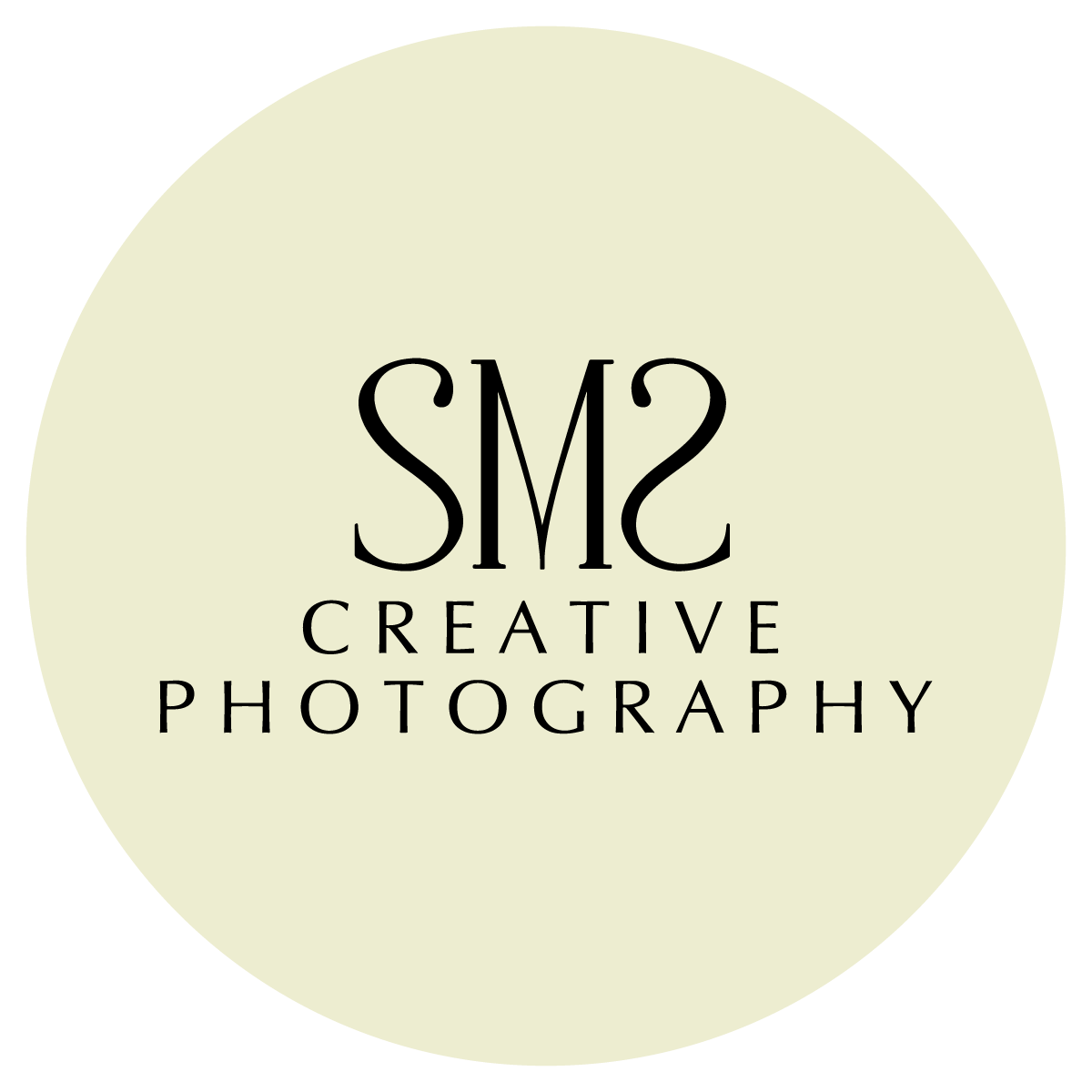As well as our sought-after studio and location photo-shoots I just wanted to let you know, or to remind you, that ever since we opened in 1997 we have been offering a wide range of other services, including bespoke framing, passport and ID photographs, and a scanning and restoration service to breath new life into old photographs.
To find out more about these services, simply visit our website on the appropriate buttons below and when you are ready, call into the studio so we can give you our friendly, helpful expert advice and service.
Just one other point of interest that may well appeal to you, a friend or family member is our individual Masterclasses to help you understand your camera better, further information can be found via the button below.
Stella




















